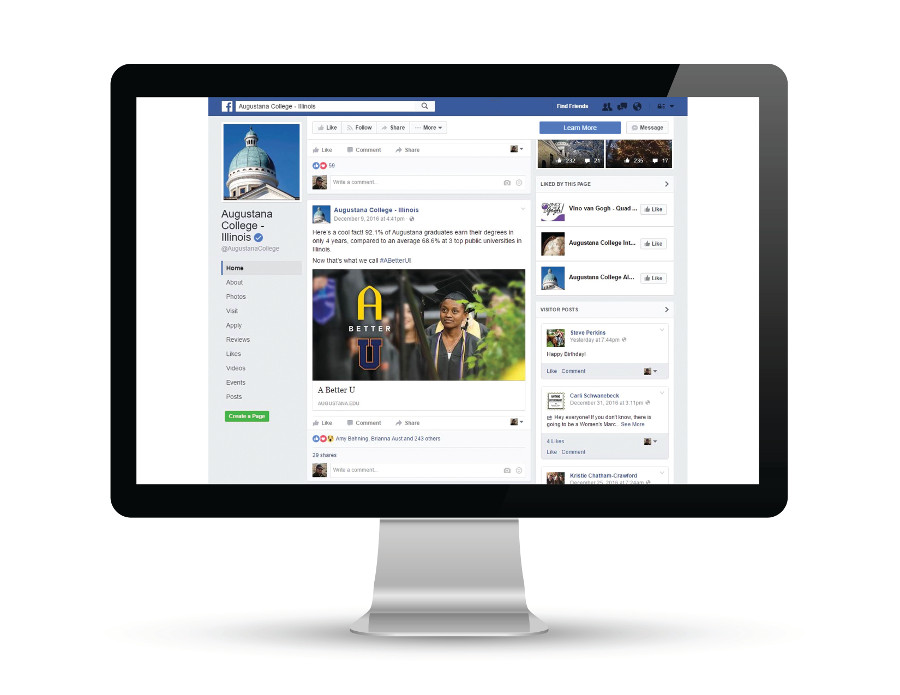
Thinking
The pros and cons of online advertising

When banner ads were first introduced by Global Network Navigator in 1993, few people understood the impact this would have on the advertising industry. To sum things up – it was a preeeeetty big deal. Think wildfire on a desiccated prairie.
While TV, direct mail and newspapers account for the majority of advertising spending, the Internet channel has grown the fastest since 2001. According to some very smart folks at Pricewaterhouse Coopers and the Interactive Advertising Bureau (IAB), digital advertising revenues in the U.S. totaled $17.6 billion in in the third quarter of 2016. This marks the highest third quarter for digital advertising spending on record, and represents a 20 percent increase over the same time period in 2015.
Many people’s eyes start to glaze over at the mere mention of online advertising and its accompanying menagerie of alphabet soup acronyms. However, trust us when we say that this type of marketing can blaze a path straight to your customers.
We’ve put together a list of pros and cons for your consideration:
Pros
- Cost – compared to newspaper placements or TV spots, online banners are still relatively inexpensive.
- Measurement – there are countless ways to track the success or failure of an advertising campaign, and with digital, it has never been easier to connect the dots from an ad buy to the impact on the bottom line.
- Instant gratification – your customers can see your ad, shop and buy (if you sell products online) without leaving home. That sort of convenience is hard to beat.
- Testing – if you create a brochure, you have to print and distribute it before you are able to measure response. On the Internet, response (or lack of response) is lightning fast. Also, since it’s relatively simple to switch out banner ads, online advertising gives you the ability to test creative campaigns and fine tune messaging. This can help increase effectiveness of your campaign and enhance results.
- Geo-targeting – online advertising gives you the ability to geo-target your ads, ensuring that they are only viewed, and clicked, by your intended geographic and niche audience. This allows you to create localized messages that appear on national sites.
- Constant exposure – your online ad works 24 hours a day, 7 days a week.
Cons
- Advertising overload – every advertiser wants consumer attention, and often there is simply too much information to digest. The solution is to develop creative campaigns that will cut through the clutter and strike an emotional connection with your target audience.
- Too much data? The statistics you are able to gather on your online advertising campaign are so immense that they can often become paralyzing. That’s why it’s important to determine at the onset of your campaign how you will measure success – is it impressions, click throughs or sales?
- Scope – while the vast majority of Americans are active online, there are still a number of people out there who are relying on traditional forms of advertising as a means to gather information on products and services. That’s why, in most cases, online advertising campaigns should run in tandem with other marketing efforts.
- Too many choices – there are so many websites out there that it can be hard to identify the ones that will most effectively target your audience. Make sure you take the time to research the appropriate niche sites for your product or service.
As with any other form of marketing, setting goals and objectives are critical in the success of online advertising. Make sure you evaluate the pros and cons before you jump into an online campaign. And if you need some help – just give us a shout!

